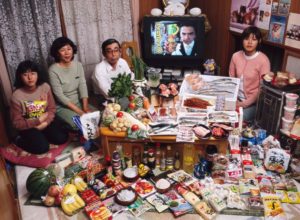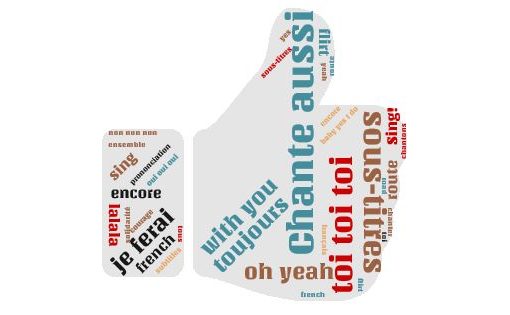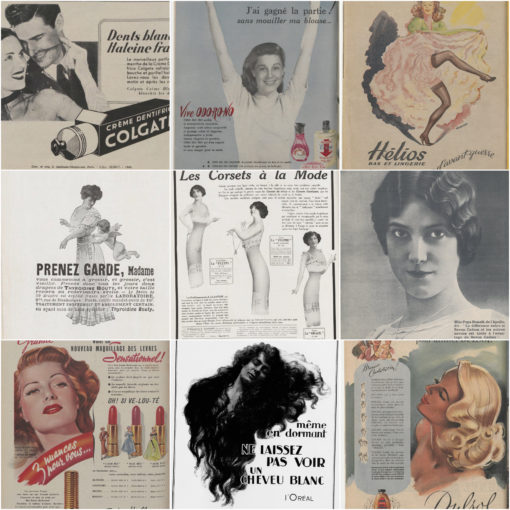
This activity is ready to implement in any language and best for novice mid to novice high.
In this activity, students view photographer Peter Menzel’s photo series “Hungry Planet,” which documents what families around the world eat in a week. Students then describe what they see in the photos, namely food items, but may also describe the families portrayed as a way to review family members and physical descriptions. The photos also present an opportunity to review the names of countries and numbers, as weekly food prices are listed in both the local currency and in USD.
The photo series can be found here: http://menzelphoto.com/galleries/hungry-planet/
Implementation: Model the activity first as a class. In a small group, choose an image and either 1) list as many items as you are able to recognize or 2) find the name for each item you see. Each group then presents their photo to the rest of the class. The activity can be extended by comparing and contrasting two images.
The idea to use this photo project in class was first found in Annette Sampon-Nicolas’ article, “Sustainability Literacy in French Literature and Film: From Solitary Reveries to Treks across Deserts.” She proposes using the images in more advanced classes as ways to address “the complex relations between culture, food, and social inequalities” (50).
Works Cited
Sampon-Nicolas, Annette. “Sustainability Literacy in French Literature and Film: From Solitary Reveries to Treks across Deserts” in Foreign Language Teaching and the Environment: Theory, Curricula, Institutional Structures, edited by Charlotte Ann Melin, The Modern Language Association of America, 2019.






One thought on ““What the World Eats”: Practicing names of food”